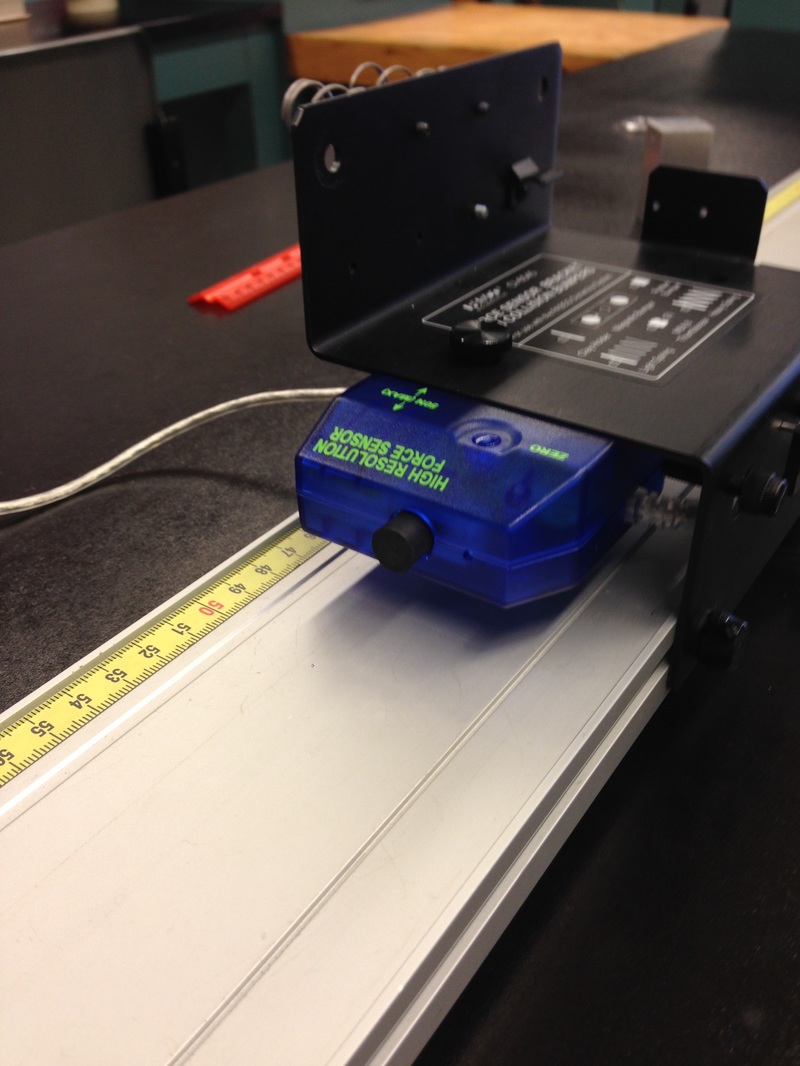

You should do this by taking screen captures of the graphs generated (after manipulating/magnifying them so they are easy to read).
IMPULSIVE FORCE MODEL MOMENTUM IN COLLISIONS LAB ANSWERS SOFTWARE
This is as it should be, but the software selects the graph by mouse-over, rather than by clicking. Important! You will have 4 graphs on your computer screen, and you will want to use these tools on each one, but the software has a maddening "feature." The graph into which the tool appears is the last one that was selected.To use this, first use the highlight tool to drag a box around the part of a curve that you want to integrate, then click on this icon to compute the area under that segment of curve. The value of this tool in a lab involved with computing impulse should be obvious. When you click on it, you can move the cursor over a point on the graph, and it will display its exact coordinates. It provides a box for you to select a portion of a graph for future examination (see below). The software has some useful tools for extracting data after a run, but it is also a little idiosyncratic.If you have set up the masses so that the incoming cart bounces-back, then both the friction and the gravity component from the tilt will be in the same direction after the collision, which makes the error of measurement even worse! It's up to you whether you just want to live with the errors introduced by friction for a level track, or venture into the perilous waters of "re-calibrating" the apparatus. And finally, this compensation only works in one direction. That is, the compensation may effectively work for only one of the two carts. Second, a tilt that counters the friction of the wire of the incoming cart may be too great for the target cart to remain stationary before the collision. First, you need to do runs with the motion sensor to test this, and there is uncertainty involved in this process that may keep it from being worthwhile. This "fudging" is fraught with pitfalls, however, and may not be practical. There is going to be some effect due to friction in the wheels or from the wire, but you may be able to tilt the track ever so slightly to counteract this. It is a good idea to set up your track so that the cart doesn't slow down or speed up when rolling on its own.You will need to practice before taking data, to get just the right amount of initial push (you don't want them moving too slowly, either). During the magnetic repulsion runs, do not push the incoming cart so hard that it contacts the other cart – the magnets should repel without an audible "clack." This will not only produce the best results, but will also avoid breaking the magnets, which are quite brittle.Arrange the wires so that they introduce as little external force to the system as possible.You do this by pressing the button on the side of the force sensor. Be sure to "tare" (zero-out) the force sensors before every run.Repeat as necessary – not every run gives especially "clean" data.Run the application when you are ready to record data.

Go to the "Student" login in the laptop (there is no password), and open the 9A folder.Turn on the Pasco Box (you need to do this before running the software in the laptop).Here's how you get started with the equipment:.If you think it isn't working properly, don't waste time trying to debug it – call your TA over to assist you! Here are some things that should help, most of them related to proper use of the fancy equipment.

The Pasco equipment and laptop can be finicky.


 0 kommentar(er)
0 kommentar(er)
